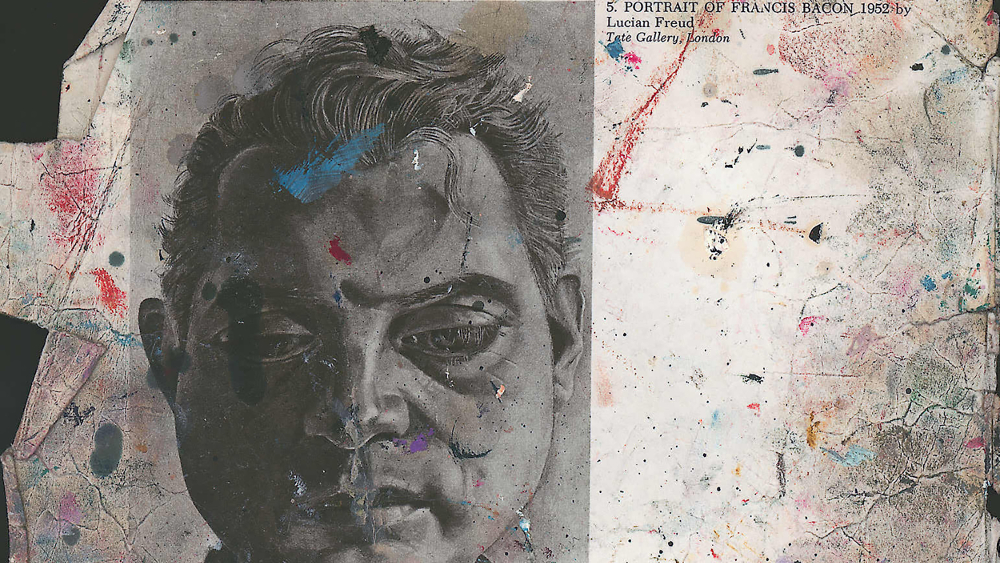
‘Let’s say perhaps that Picasso helped me to see...’
We are delighted to announce several exciting new additions to our website francis- bacon.com. This includes the expansion of our Scholarship and Education page via a second learning resource, and a whole new section dedicated to the Influence and Inspiration behind Bacon’s work.
Our new learning resource includes a range of practical and creative sessions entitled ‘Deepening the Game’. Artist and teacher Dom Heffer was commissioned to create this material after he ran Bacon-focused practical art sessions at Ferens Art Gallery in Hull, in connection with their exhibition ‘Francis Bacon: Nervous System’ in 2017. ‘Deepening theGame’ joins our previous resource ‘Look, Think, Explore’, with both freely available to teachers, students and anyone eager to learn about the late 20th century master.
Our new Influence and Inspiration section features information on Rembrandt, Picasso and Eisenstein, as well as contemporaries - photographer John Deakin, artist Lucian Freud and the Independent Group. There is also now a page dedicated to Bacon’s astounding legacy, exploring how his work has inspired not just fellow artists but also across the wider artistic world, into theatre, film and ballet.
Rembrandt’s self-portraits provided both inspiration and a concrete model for Bacon’s own work. Like the Dutch artist, Bacon embarked on a mission to trace his own changing appearance and the passage of time starting with Self-Portrait, 1956 to his unfinished ‘Self-Portrait’, 1992-1992.
Picasso resonated strongly in Bacon’s breakthrough work, Three Studies for Figures at the Base of a Crucifixion, 1944. The linear biomorphs, with their elongated, tubular necks and bulging bodies are evocative of Picasso’s Figures at the Seaside, 1931, and Guernica, 1937.
Eisenstein’s films such as Battleship Potemkin’s famous Odessa’s step scene featuring a close-up of the face of a wounded woman imprinted deeply on the artist. Gaping mouths are including in works such as Head VI, 1949 and Pope III, 1951. The motif developed further in the full-length nude Study for the Nurse in the Film Battleship Potemkin, 1957.
We are always interested in your experiences of Francis Bacon’s life and art. We invite you to share your thoughts and stories with us on Facebook, Twitter and Instagram, and we welcome your feedback on The Estate’s activities and online offerings via social@francis-bacon.com
Quote: Michel Archimbaud, Francis Bacon In Conversation with Michel Archimbaud, London: Phaidon, 1993, p.32
Word ref: francis-bacon.com